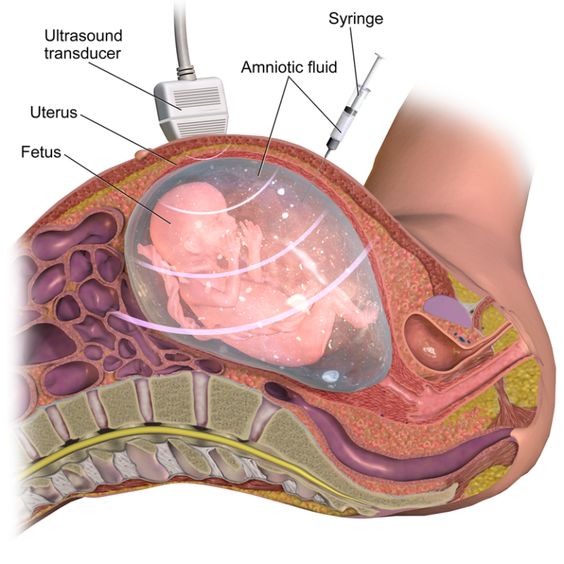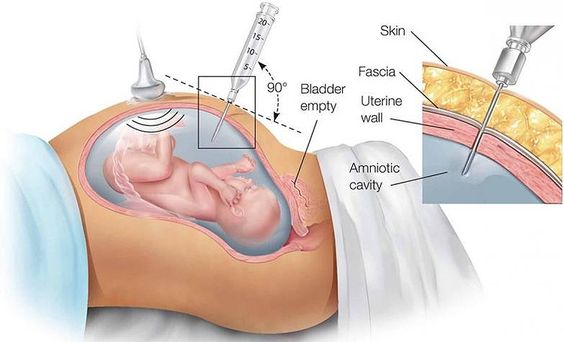Not many women, even pregnant ones, are aware of amniocentesis. It sounds scarier than it is, and can be done during pregnancy to ensure the health of the baby. The process itself can also look quite intimidating, so it’s important that you remain calm while it is being performed.
If this is still your first time hearing about it, we will take you through the details of what it is, what the procedure involves, and what it can tell you about the health of your fetus.
Table of Contents
What is Amniocentesis?
This is a procedure performed on pregnant women that involves taking a sample of fluid from the amniotic sac. This is the sac that fills the uterine cavity during pregnancy, where the fetus grows and lives for nine months.
Within the sac, there are fetal cells, proteins, and urine that float around, which can be extracted and tested to determined whether your baby is developing correctly or not.

What Does Amniocentesis Involve?
To test the fluids, a long needle has to be inserted through the ‘woman’s abdomen into the amniotic sac. Sometimes, a local anesthetic is applied to numb the area, but this ‘isn’t always necessary. Through the use of ultrasound, the needle is guided into the amniotic sac, and then the syringe draws out some of the fluid to be tested.
What Does a Test Show?
An amniocentesis can be done to analyze the chromosomes of the developing fetus to see if there are any signs of congenital disabilities or conditions. It can also show how mature the ‘fetus’ lungs are, whether there are any signs of spina bifida, or if an infection is present.
The procedure is recommended for women over the age of 35, as the risk of defects in fetuses doubles to 1%. By having one done, women can make more informed decisions as to whether they are prepared to go through pregnancy until full term.

Is Amniocentesis Safe?
Bloomlife debunks the notion that amniocentesis is dangerous, as well as many other doctors who have performed the procedure regularly. Even though a few women have experienced some uterine cramping or feeling faint after the procedure. The risk of fetal loss when amniocentesis is presented is less than 1%. For that reason, the procedure is usually only ordered when the benefits outweigh the risks involved.
It’s important to keep in mind that even if an amniocentesis provides average results. It’s not a guarantee that the fetus is not going to be born with some genetic defect. Many cannot be detected through a simple amniocentesis, and so it should not be used as a guarantee about the health of a child on its birth.
It’s important to a lot of parents that they know the health of their child while ‘they’re still in the womb. They don’t want to be surprised on the final day when it’s ready to be born.
While concerns are a natural part of parenthood. The risks to the fetus is so small that the procedure is quite safe.
Helpful Resources:
1. Top 5 Tips for Treating Knee Pain Without Medication
3. Best Exercises For A Complete Back Workout
4. TMJ Pain

